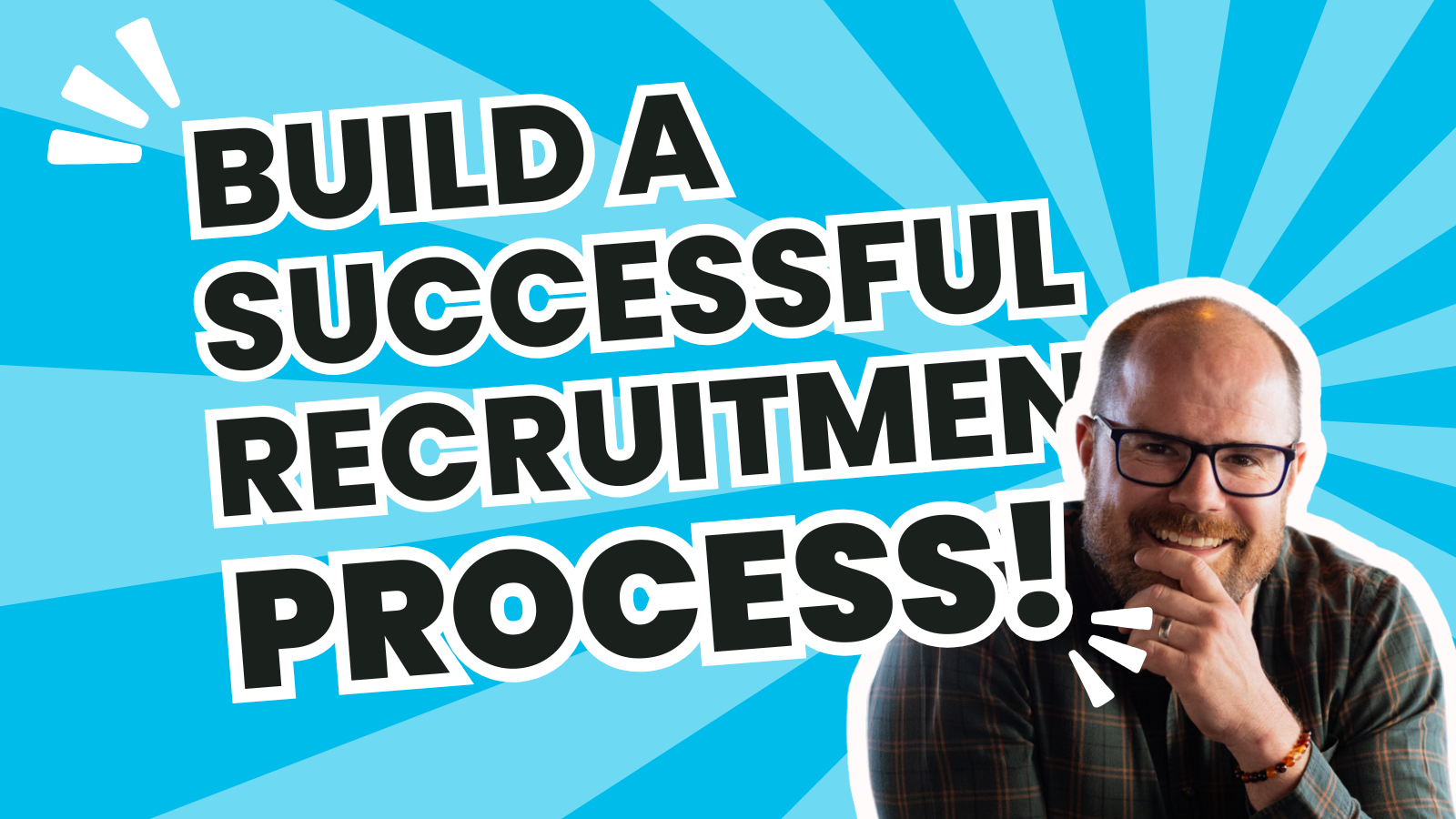
Build a Successful Recruitment Process
In the competitive landscape of talent acquisition, the difference between securing the right candidate and missing out can hinge significantly on your recruitment process. For businesses aiming to attract top talent, a streamlined and inclusive recruitment process is not just a necessity but a strategic advantage. Here, we outline a step-by-step approach to developing a recruitment process that is effective, inclusive, and efficient.
Getting Started: Job Descriptions and Stakeholder Approvals
The recruitment journey begins with clarity and precision. Developing a comprehensive job description is the first critical step. This document should outline the role’s responsibilities, necessary qualifications, and the skills required. It must also align with the strategic goals and the immediate needs of the department it's designed for.
Equally important is securing proper sign-off for new roles. Ensuring all stakeholders and decision-makers are involved in the approval process avoids miscommunication and sets clear expectations. This collaborative approach not only streamlines the recruitment process but also supports future onboarding and employee satisfaction by aligning roles with organisational goals and team dynamics.
Read more: Write Job Descriptions that WOW!
Marketing the Position: Exploring Routes to Market
Once the job description is approved and stakeholders are aligned, the next step is effectively marketing the position. This phase is crucial as it determines the visibility of the role to the right candidates. Businesses have several routes to market:
Social Media: Platforms like LinkedIn, Twitter, and Facebook are powerful tools for reaching a broad audience quickly. Tailoring content to highlight the unique aspects of the role and the company culture can attract potential applicants who follow your company or engage with similar job postings.
Job Boards and Company Website: Posting the job on popular job boards as well as your own company website ensures it reaches those actively seeking new opportunities. This also allows you to control the narrative around the role and attract applicants who are specifically interested in your industry.
Specialist Recruitment Agencies: Engaging with agencies like ours can provide access to a curated pool of candidates who meet your specific needs. This is particularly effective for specialised roles where the expertise and network of a professional recruiter can significantly shorten the time to hire.
By leveraging a mix of these channels, businesses can maximise the reach of their job postings, ensuring a diverse pool of candidates and improving the chances of finding the right fit for the role.
Read more: Choosing the Right Recruitment Tools
Managing Applications: Adapting to Organisational Size
Once the role is clearly defined and approved, managing incoming applications efficiently becomes essential. For large organisations, applicant tracking systems (ATS) can be invaluable in automating and streamlining the process. However, for small to medium-sized enterprises (SMEs), where budget constraints make a full-scale ATS impractical, simpler software solutions or even well-organised spreadsheets can effectively manage candidate data.
Regardless of the tools used, the focus should be on maintaining a structured communication loop with candidates, informing them of their application status regularly to keep them engaged and informed.
Interviewing: Structured Stages and Formats
The interview process is your opportunity to delve deeper into a candidate's qualifications and to showcase your organisation as a great place to work. To ensure consistency and fairness, having an agreed, structured set of interview stages is crucial. This setup should be transparent and communicated to the candidate beforehand to set expectations.
Where applicable, include technical assessments or practical tasks relevant to the role. These assessments help gauge the candidate’s capabilities in real-world scenarios and can be critical in technical fields or roles where hard skills are paramount. Ensure that all interviewers are well-trained in conducting these assessments and are familiar with the criteria for evaluation.
Read more: Interview Like A Pro!
Diversity and Inclusion: Building a Comprehensive Workforce
Incorporating diversity and inclusion goes beyond checking a box; it involves creating an environment where diverse talents and perspectives are genuinely valued. Make your recruitment process accessible to all candidates, including those with disabilities, by providing necessary accommodations such as accessible interview locations, alternative application formats, or flexible interviewing options.
Read more: Inclusive Hiring Tips!
Offers and Onboarding: The Final Steps
Making a timely and clear offer is essential. Once a candidate is selected, communicate the offer details promptly and ensure they understand the terms. A structured onboarding process that begins before the candidate’s first day sets the stage for their success and integration into the company.
Read more: Onboard for Success
Continuous Improvement: The Role of Feedback
Recruitment is a dynamic field, and continuous improvement is key to staying competitive. Regularly gather and analyse feedback from candidates and new hires to refine your processes. This feedback is crucial for understanding the strengths and weaknesses of your recruitment strategy and making necessary adjustments.
Conclusion: A Cycle of Improvement
Effective recruitment doesn’t end with a hire but is an ongoing cycle of strategy, implementation, and refinement. By developing a recruitment process that respects the time and potential of each candidate, businesses can not only fill positions more effectively but also enhance their employer brand and overall organisational success.
If you have any questions regarding the specific steps described above, or want to find out more about the services that Hewett Recruitment provide then please get in touch on ben@hewett-recruitment.co.uk.
Watch our top tips here: